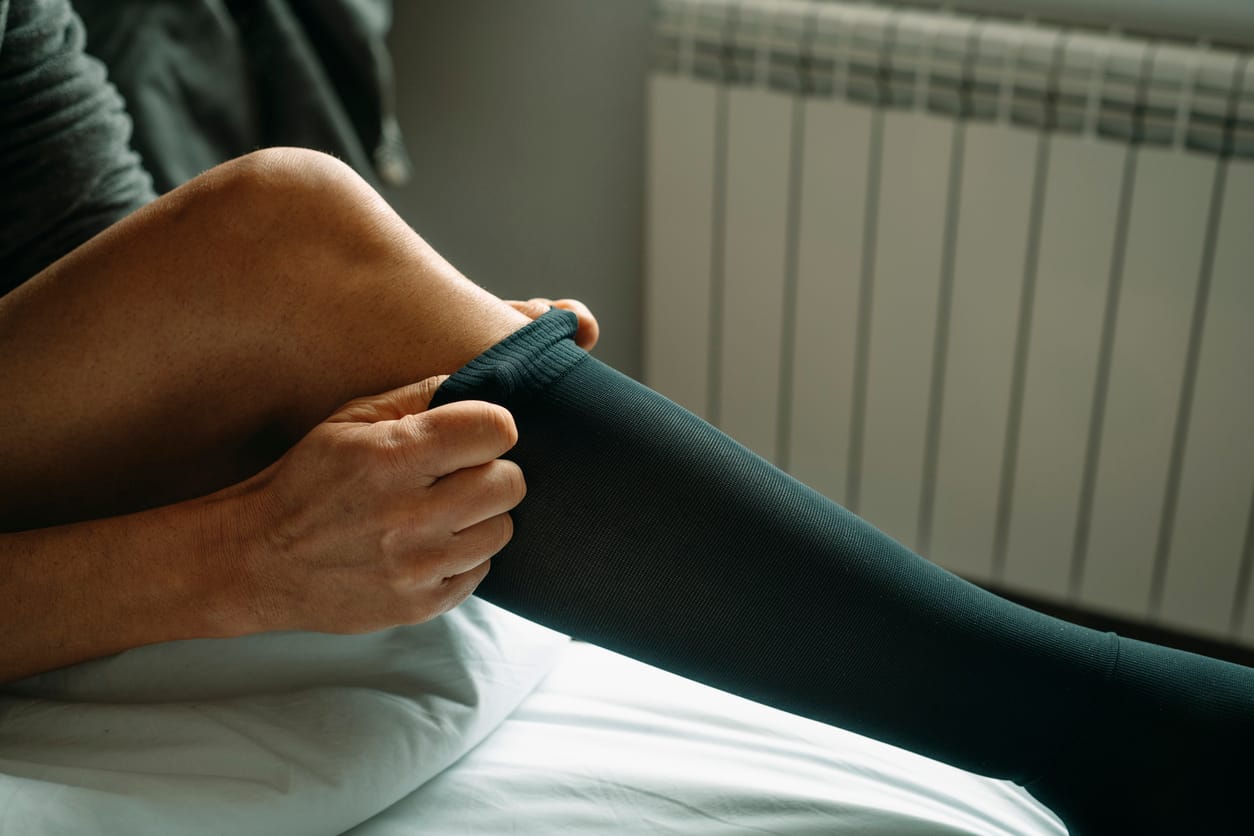
Most of us think of physiotherapy as a recovery plan for injuries, and while this is often true, it is not always the case. Physiotherapy is a science that continues to give us a better understanding of our bodies, how they work, what they can or can’t do, and how to take care of them. The more we learn, the more physiotherapy becomes an effective tool for preventing injuries and training our bodies. An increasing number of sportspeople are now using the techniques they have learnt from physiotherapy in this way, so we’re going to look at some of the main ways this is done.
Taping
Kinesio tape is a special tape developed in 1979 by Dr. Kenzo Kase. It is a special type of tape that mimics the elasticity of our muscles, and encourages faster healing by keeping our muscles in their natural shape and position. Placed over the muscles that will be used in training, quite often the calf muscles, kinesio tape offers support and encourages the muscles to move in the proper way. The special adhesive not only keeps the tape in place, but also promotes faster healing by helping the flow of blood and lymph. For more information on how taping works and what it could do for you, see our blog on the benefits of taping.
Ultrasound Therapy
Even if you’ve never heard of ultrasound therapy, it’s pretty much exactly what you imagine it would be. Like a pregnancy ultrasound, gel is placed on the affected area and a small handheld device is run over it. This device sends sound waves through the body, causing the underlying tissues to vibrate, which causes a number of benefits. The muscles heat up and relax, which reduces swelling and helps alleviate any pain felt in the area; promotes the flow of blood and lymph, which are essential for quick healing; it helps break down scar tissue, and it may even help repair damaged bones. Ultrasound sessions usually last less than 5 minutes, and are very useful when a person needs to make a speedy recovery.
Biomechanical Analysis
Remember that physiotherapy is a branch of medical science, and sometimes your physiotherapist can use you as their subject. Biomechanical analysis, the study of how we move, is often used in people who sustain the same injury over and over, be it sports or health-related. By using various techniques and special equipment, such as a pressure-sensitive pad for you to walk over, your physiotherapist will be able to analyse your movement in minute detail, and pinpoint any problems in your technique. This can not only help you prevent injury, but can also help you shave a few seconds off your best time or take your abilities to the next level.
These are just a few examples to show you how physiotherapy and sports can go hand-in-hand, and the wide variety of techniques available to help you improve your performance. While physiotherapy is most well-known for helping people to recover, more serious athletes will recognise its potential in helping them train, prevent injuries, and kick their performance up a notch.
















